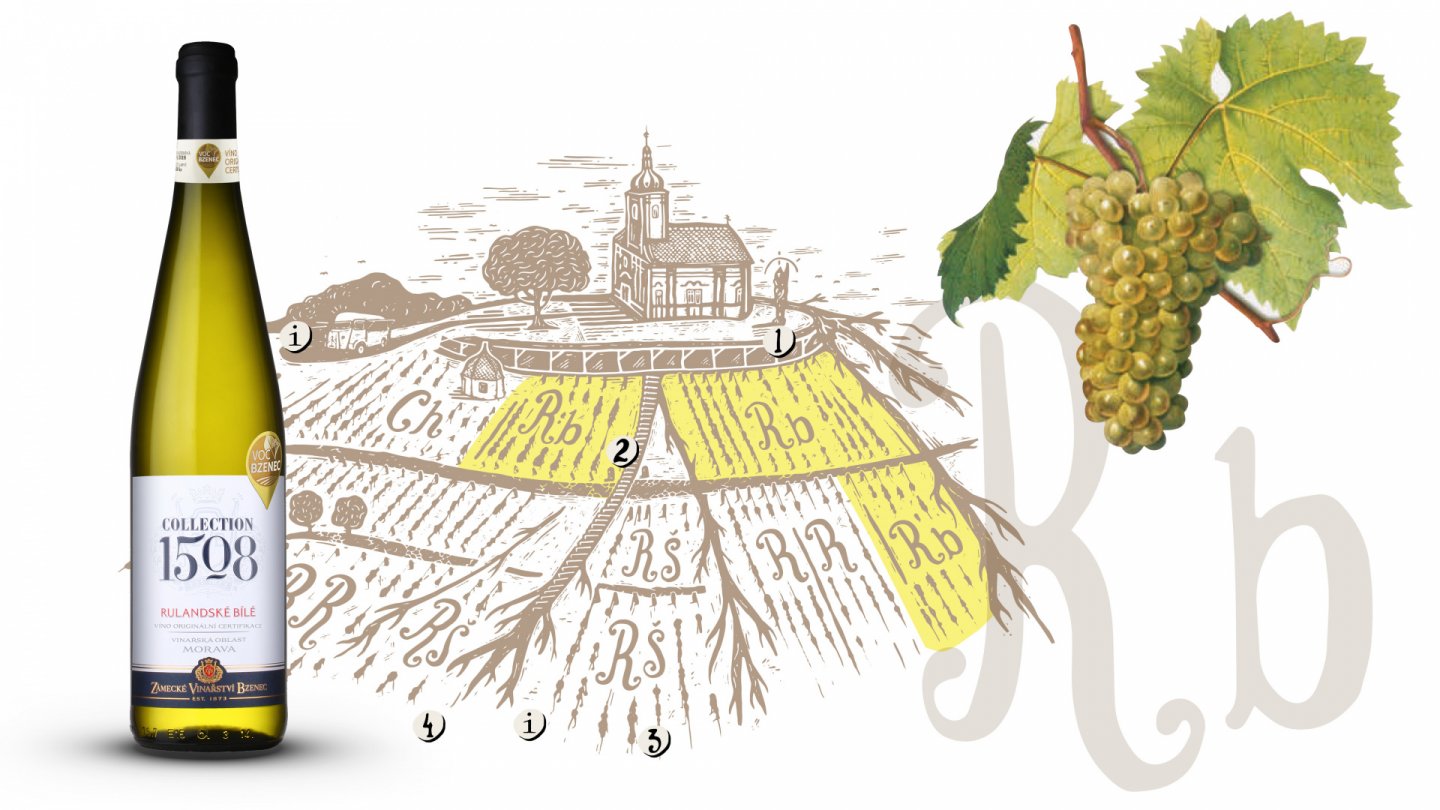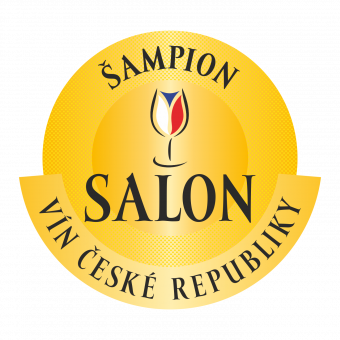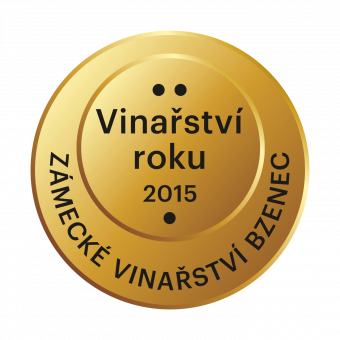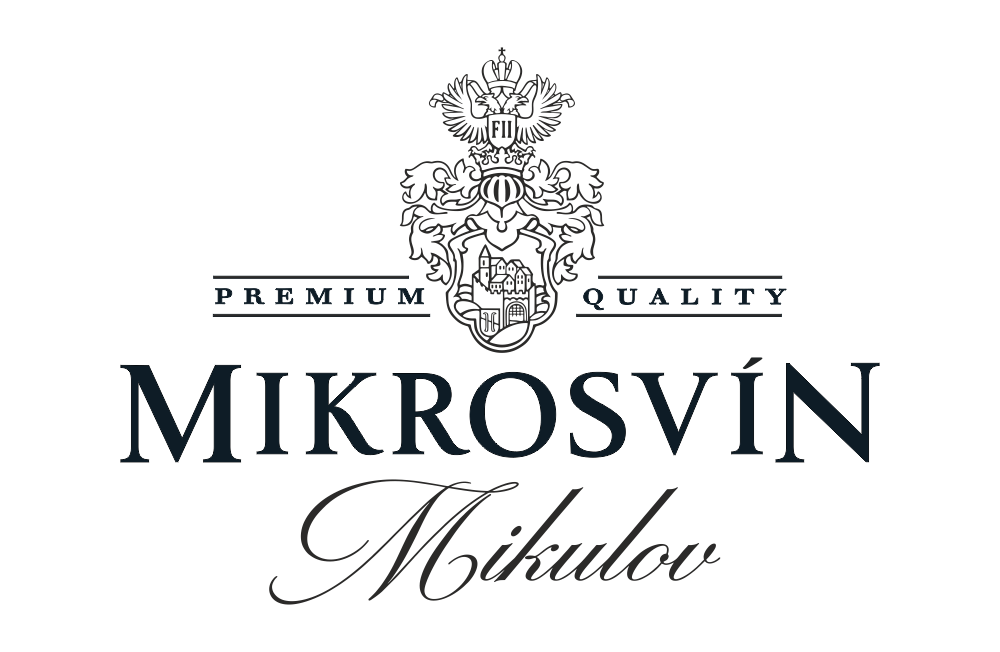Rulandské bílé
Princezna mezi Pinoty.
Princess among the „Pinots“.
Ve světě
Mezi tradiční oblasti, kde se pěstuje, patří francouzské Alsasko, samozřejmě Burgundsko, Champagne, ale doma je mj. i v Rakousku i Švýcarsku a severní Itálii, i když je pravda, že ve světě není úplně v popředí zájmu. V rámci Česka jsou doma hlavně u nás na Slovácku, ale hezky se jí daří i na českých vinicích.
In the world: In the world: The traditional areas where it is grown include French Alsace, of course, Burgundy, Champagne, but it is also at home in Austria and Switzerland and northern Italy, although it is true that it is not entirely in the forefront of interest in the world. Within the Czech Republic, it is also doing well in Czech vineyards, but it is more at home in Slovácko region.
Název
Ve světě ji můžete najít pod názvy jako Borgogna Bianca, Pinnot Bianco, Blanc d‘Alsace, Blanc de Champagne, ale i Ruländer Weiß nebo Weißburgunder atd. Kdysi se u nás nazývala jako Roučí bílé nebo Burgundské bílé. A samozřejmě dnes se nejtradičněji nazývá jako Pinot Blanc.
Name: In the world it is called Borgogna Bianca, Pinnot Bianco, Blanc d‘Alsace, Blanc de Champagne, but also Ruländer Weiß or Weißburgunder etc. It used to be called the White Tern or the Burgundy White in our country. And, of course, today, it is most traditionally called Pinot Blanc.
Původ
Rulandské bílé je starobylá francouzská bílá odrůda původem z Burgundska, vznikla pravděpodobně pupencovou mutací z Rulandského šedého, to ještě před tím pupencovou mutací Rulandského modrého. Historicky se u nas pěstoval, jako všechny burgundské odrůdy, od 14. století a to díky Karlu IV.
Origin: Pinot Noir is an ancient French white variety native to Burgundy, probably created by a bud mutation from Pinot Gris before the bud mutation of Pinot Noir. Historically, it was grown in our country, like all Burgundy varieties from the 14th century, thanks to Charles IV.
Jak chutná?
Vína jsou to plná, extraktivní s příjemnými kyselinami. Vůně se představuje tóny zralého žlutého ovoce, medu a nádechem lískových oříšků. Harmonická chuť má lehký zbytkový cukr a šťavnatou kyselinku. Na patře se projevuje tóny tropického ovoce, které přechází i do delší dochuti. Ve vůni i chuti hledejte bílé ovoce jako hrušky, broskev, ale i citrusy, lískové oříšky, mandle, květinové tóny, chlebovou kůrku, máslo, vanilku. Skvěle se hodí k archivaci, léta navíc víno ve svém projevu ještě více zvýrazní.
How does it taste like? The wines are full-bodied and extractive with pleasant acids. The aroma presents tones of ripe yellow fruit, honey and a hint of hazelnuts. The harmonious taste has a light residual sugar and juicy acidity. On the palate, there are tones of tropical fruit, which change into a longer finish. In the aroma and taste, look for white fruits such as pears, and peaches, but also citrus, hazelnuts, almonds, floral tones, bread crust, butter and vanilla. It is great for archiving, and the years will make the wine even more pronounced in its speech.










